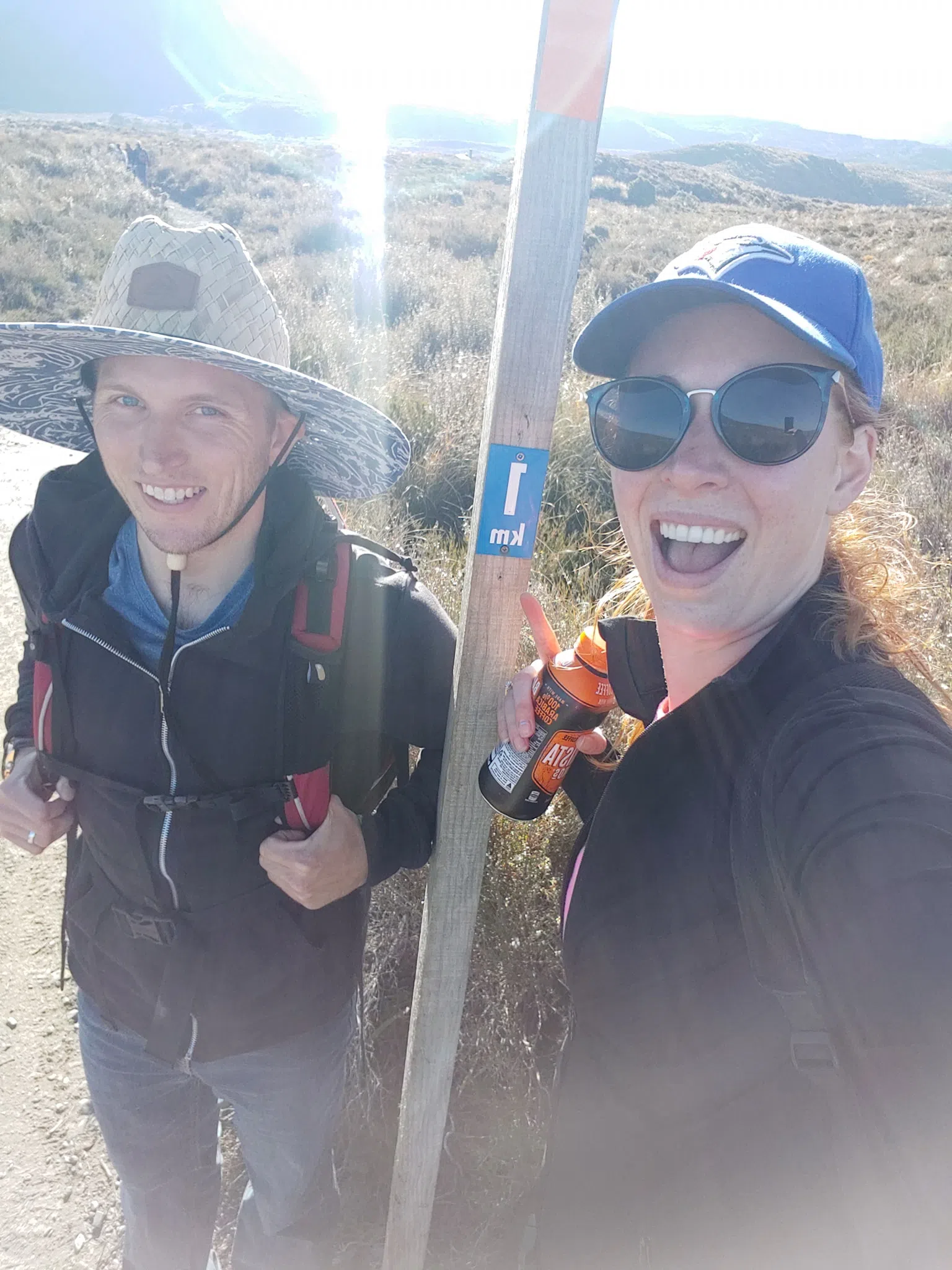
Traveller’s Tales – Tongariro Alpine Crossing
With three active volcanoes, close to 20km of trekking and potential extreme weather conditions, the Tongariro Alpine Crossing is not a trek for the faint of heart, yet every day hundreds, sometimes thousands, of people attempt the crossing.
It was hard to imagine such an unforgiving landscape considering we’d just spent a week gallivanting around the coast and through lush rolling hills. But even with our naïve understanding of the trek, we heeded our warnings, knowing full well it wouldn’t be easy. At 19.4km, the trek can take anywhere from 6-8 hours and along the way there would be no food, no water, and eventually, no turning back.
From the moment we booked our shuttle and watched an 8 minute informational video, I was terrified. Although we were partaking in the trek at the best time of year, it would still be risky; as both the video and the shuttle assistant lady informed us. High winds and potential rain are always a possibility on Tongariro, and when you are climbing a nearly 2000m crater with sheer drops on both sides and loose rocks below your feet, weather can mean the difference between a successful trek and a rescue. As everyone in New Zealand liked to remind us, they don’t have the deadly creatures like Australia; it’s the weather you have to watch out for.
With my failed constant attempts to abandon doing the trek, on Wednesday morning when our alarm went off at 5:30am, my husband dragged me to the car, locked the doors and drove us an hour from our peaceful retreat in Lake Taupo to the base camp of Tongariro.
